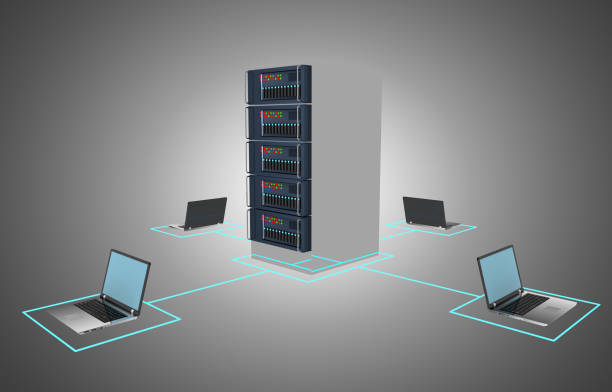History of Application Development
Like any other technology, serverless is a response to an existing problem. This was the case with traditional application development. In the beginning, only Monolithic Architecture was used to build applications. As businesses grew, this architecture became unscalable. Monolithic applications were less flexible and required more resources. They became more expensive when technical overheads increased exponentially.
To solve this problem, companies needed an agile, cost-effective, scalable, and efficient architecture. These requirements led to creating of two new architectural approaches, Microservices and serverless. Let’s now discuss these architectures more in-depth.
What are Microservices
The term microservices refers to a style of architecture in which applications are divided into more minor services. It’s a decentralized architectural pattern in which the application is divided into smaller independent functions communicating via APIs. Each microservice has its library, template, database, etc. All of them are also tested separately.
Consider our food apps, which let us browse different restaurants, cuisines, and dishes, add to our cart, then complete our order. This type of app could be created using several microservices, such as:
An application front-end interface that divides the application into more minor services.
Search engines that look up products based on the queries generated by users.
Clicking on the product will provide additional information and details about the dish.
A database that tracks what items customers put in their shopping carts.
Payment gateways are used to manage the entire payment process.
This is only one example. In reality, microservice apps can be built in a variety of ways. These apps increase efficiency and stability by expanding the footprint of the app.
The Pros of Microservices
Increases scalability through easy addition, removal, and updating of microservices
Increases flexibility in changing business logic and utilizes a variety of technologies
Reuses and adapts to different processes or contexts
Independently develops, tests, and deploys service without affecting the parent application or other services
Resolves problems within larger applications quickly
Cons of Microservices
Small companies needing rapid implementation will find Deems too slow and complex.
Complexity is revealed by the fact that components are split
Multiple databases and their maintenance can increase overhead costs
Microservices APIs have four times the vulnerability to security attacks
Fees more due to the expertise and computing resources
What is Serverless Computing
Serverless means that the application is built without a server. Is this true? It means that the application developer doesn’t have to worry about hardware. It does not have to invest in the building or maintenance of the server and can instead rely on third-party cloud providers.
Serverless Model: Two Perspectives
FaaS (Function-as-a-Service)
This flexible serverless model allows developers to run code modules without worrying about backend infrastructure or system requirements.
BaaS (Backend-as-a-Service)
This model is where the backend of software is managed independently and is offered as a Service. It involves a third-party provider for backend management and maintenance, allowing your business to concentrate on its core functions.
Serverless: Pros and Cons
More focus on quality application development with rapid deployment
Suites are designed for clients expected to grow and require real-time and short-term solutions.
Scalability is easy and rapid
Infrastructure upgrades and maintenance require less time and resources.
Multiple subscription-based pricing options available for efficient budget planning
Reduces the cost of hiring database and server specialists
Transfers the responsibility for managing computing resources and its management to a third-party vendor
The Cons of Serverless
Cold starts are required due to the inactivity of specific applications and functions over a long period.
Requires a long-term commitment to the third party
It is difficult to switch vendors due to changes in technology and business logic
Multi-tenant serverless platform performance issues
Which framework should you choose regarding the most crucial point of discussion?
Both microservices frameworks and serverless ones have their pros and cons. It is essential to analyze your business goals and scope of products before deciding which framework you should use.

